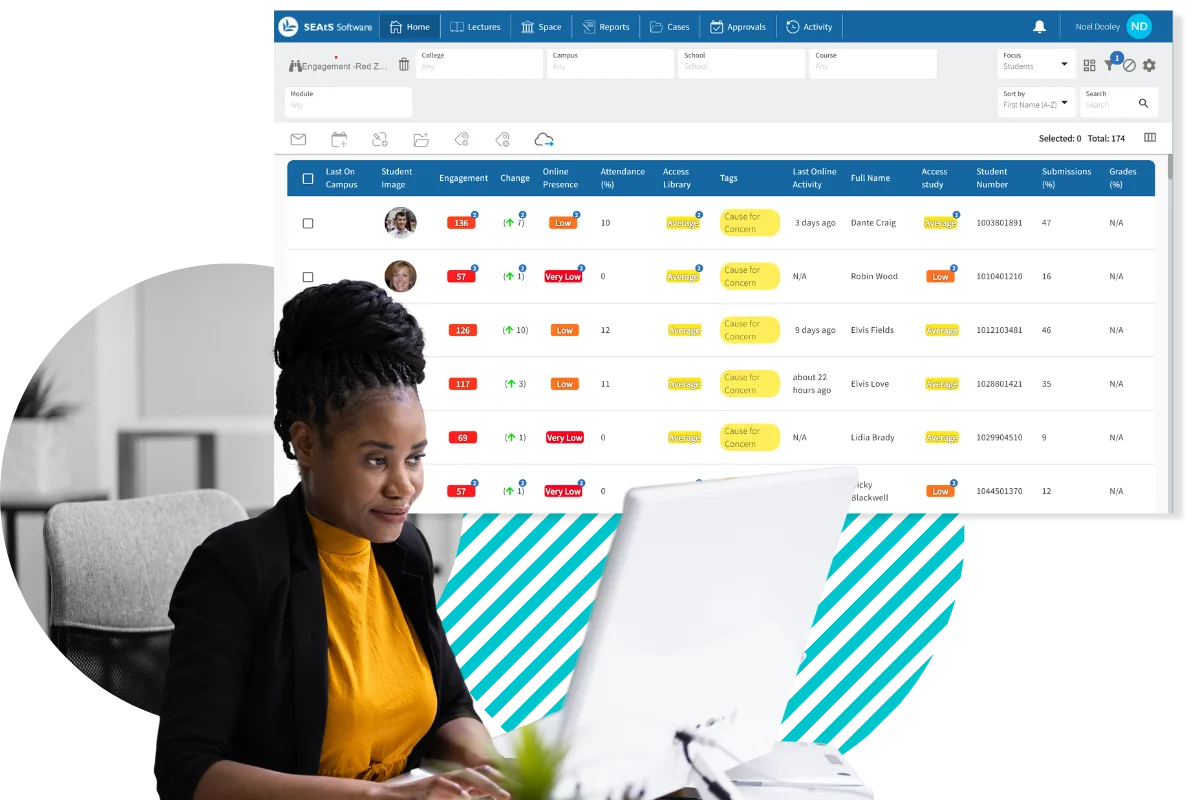The COVID-19 pandemic had a significant impact on higher education and now institutions are wondering how to keep engaging students online in the new hybrid model of education.
As I write this, we are living in times the likes of which the whole world hasn’t witnessed for over a century; since the Great Influenza Pandemic in 1918. The spread of COVID-19 across the globe has resulted in national borders being closed with some countries are in complete or partial shut-down or isolation. The impact on higher education has been immediate and profound with the cessation of face to face teaching activities, cancellation of formal ‘examination room’ assessments and a mass move to online learning and assessment.
These rapid changes have created some very specific challenges for the different types of delivery; large lectures, practical classes such as laboratory work, clinical and professional placements, tutorials, etc. Much pedagogic work is being undertaken to ensure that students can not only complete their assessments successfully (having met the necessary learning outcomes) but also, where applicable, to graduate. This accelerated move from primarily face to face learning and teaching to remote, online activities may well change the way we engage with students and their learning and teaching experience even after the current crisis subsides.
Although many students will have experience of remote learning, for the vast majority of students whose primary exposure to learning has been through ‘traditional’ face to face delivery and support, this is a novel and potentially unsettling experience. There is much that can be done to help students when their learning and teaching interactions are being delivered exclusively online or at a distance. The US Chronicle of Higher Education published recently a guide produced by the University of Michigan which included advice for students about:
- Staying organised
- Avoiding multitasking
- Making the most of video lectures
- Setting a schedule
- Trading your strategies for new ones
- Working with a group or team
- Staying connected to other people

There was a particular focus on staying organised; given the absence of the normal daily classroom activity and ‘structure’. There are many tools available to help students engage online with their studies remotely. Most institutions will have a virtual or managed learning environment where students can access course material and submit work for assessment. However, when the end of traditional face to face contact and the rapid move to remote learning is combined with the timing of these changes (heading into the final stages of the academic year for most students), the need for effective student support has never been more important. The question is how do we know which students need what support when their engagement with the institution is now solely ‘online’?
We will know when the material is not submitted for assessment on schedule or, worse still not at all. The trouble then is that the scope for the implementation of effective intervention strategies is extremely limited if not impossible. The opportunities for ‘recovery’ are best if there is timely information upon which we can act to help a student. Whereas in a classroom environment there are often visual or physical clues when things aren’t going well, how can this be achieved for students operating in a virtual learning ‘world’?

Fortunately, there are solutions available to help us navigate through this virtual landscape, to help with engaging students online and to enable us to deliver timely and effective interventions to underpin student success in these most challenging times. SEAtS Software’s Student Success Platform solutions work just as easily and effectively in the virtual learning environment as they do in the physical learning environment.
The SEAtS cutting edge solutions can not only detect and report in real-time on the nature and extent of virtual engagement to identify students who might be ‘at risk’ from a learning or pastoral perspective, using the AI-driven learning analytics and case management tools, but students can also see for themselves how they are progressing relative to their peer group and can facilitate and record interactions between students and their tutors.
At a time of so much uncertainty and confusion, having the proven, sector-leading tools available in the SEAtS Student Success Platform means that your focus can be where it is needed now, more than ever, on the students who can benefit most from your guidance and support.
About the Author
Philip Henry is a former U.K. University Registrar and Secretary with almost 40 years’ experience in higher education in the UK and overseas. He was an active member of the UK’s AHUA, ARC and AUA (a founding Executive Committee member) and AACRAO and ARUCC in North America. He is still engaged in the sector as a passionate advocate of initiatives to support student success and has submitted articles to AACRAO’s College and University quarterly journal on this subject.








